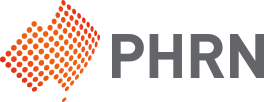MAJOR PARTNERS
 New South Wales Health
New South Wales Health




We pay respect to the Traditional Custodians and First Peoples of NSW, and acknowledge their continued connection to their country and culture.